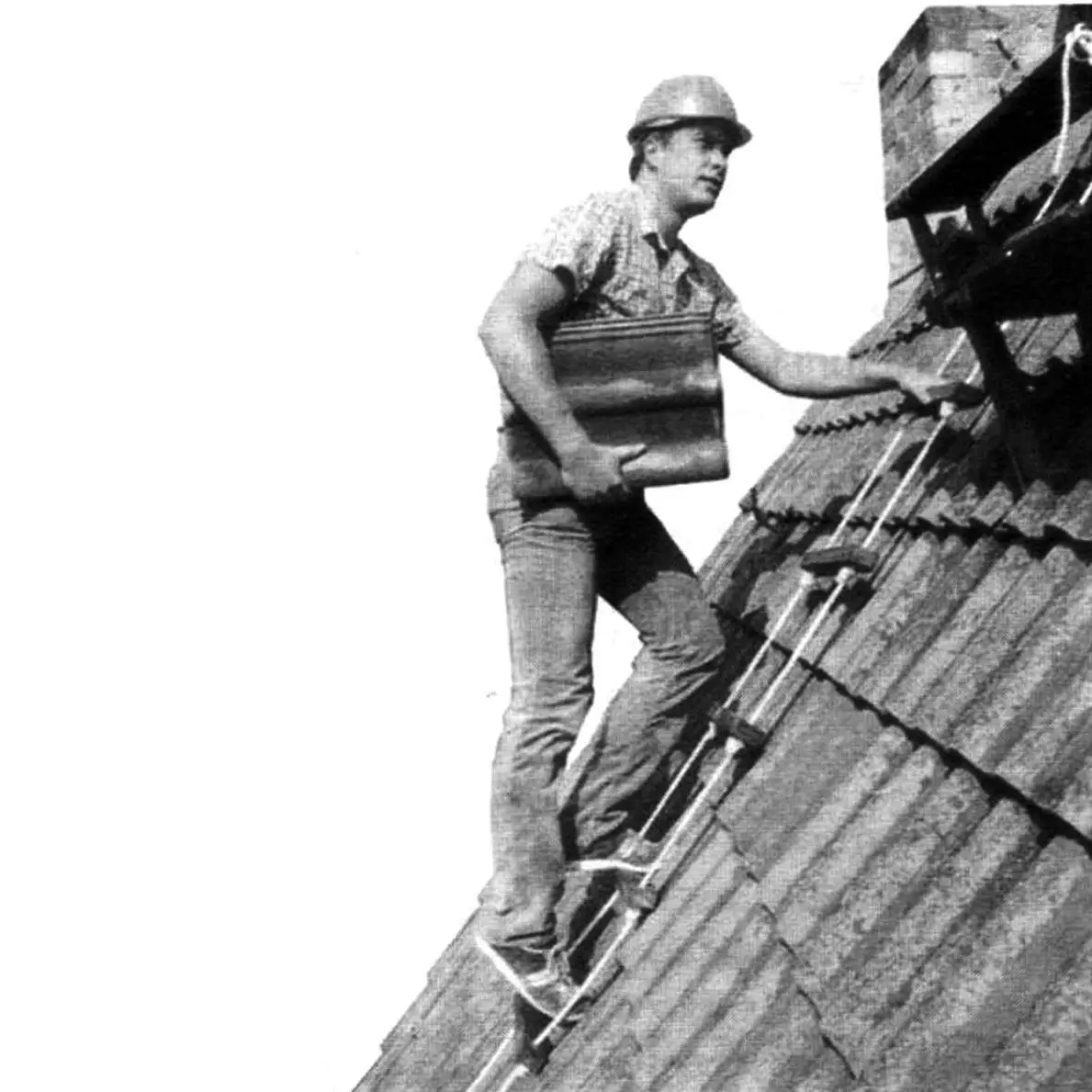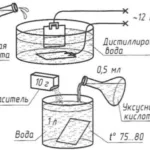Both during construction and during further operation or repair of an individual or country house, a special ladder is needed for work on the roof, preferably wooden, with an L-shaped end at the top so it can be hooked over the roof ridge. Often it remains there unused until the next time, due to the structural impossibility of using it for other purposes. And making such a ladder is not that simple.
Instead of essentially a stationary roof ladder, the German magazine “Praktik” recommends making an equally convenient but simpler rope ladder that can be assembled in a short time and almost from nothing: you’ll only need a strong rope and some blocks. The result will be a ladder with many advantages. It is incomparably lighter than a wooden one; convenient for storage, as it rolls up into a roll; can be used not only for work, but also as sports equipment for physical exercises or children’s games, hung like a swing or similar to a hammock.

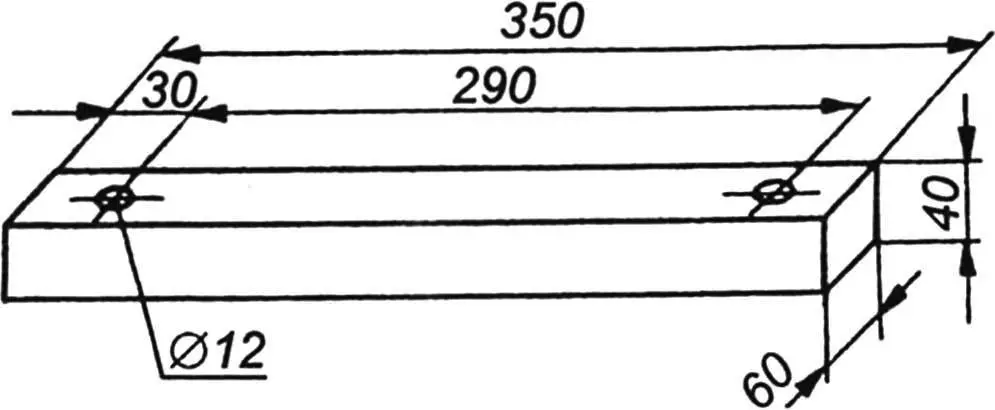
So, first of all, we prepare the future steps. For them, you’ll need to saw blocks with a cross-section of 60×40 mm and a length of approximately 350 mm. At the edges of each block, stepping back approximately 30 mm, we drill holes with a diameter of 12 mm. After this, we carefully process each blank with sandpaper so that there are no burrs or splinters left: after all, you’ll have to not only step on them but also grab them with your hands.
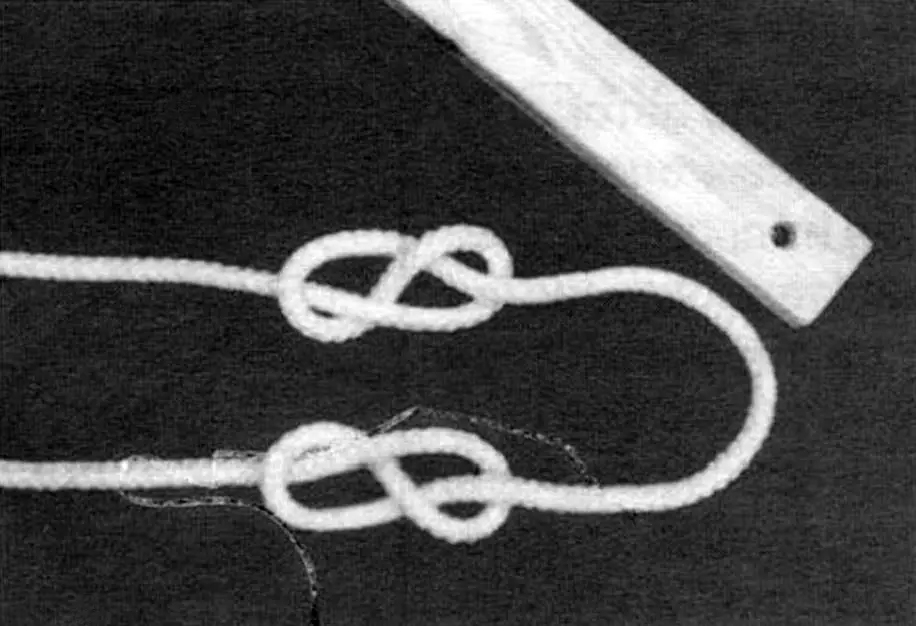

If desired, to extend the service life of the steps or improve their appearance, you can impregnate the blanks with linseed oil, paint them with oil paints, or use tinting antiseptic compounds.
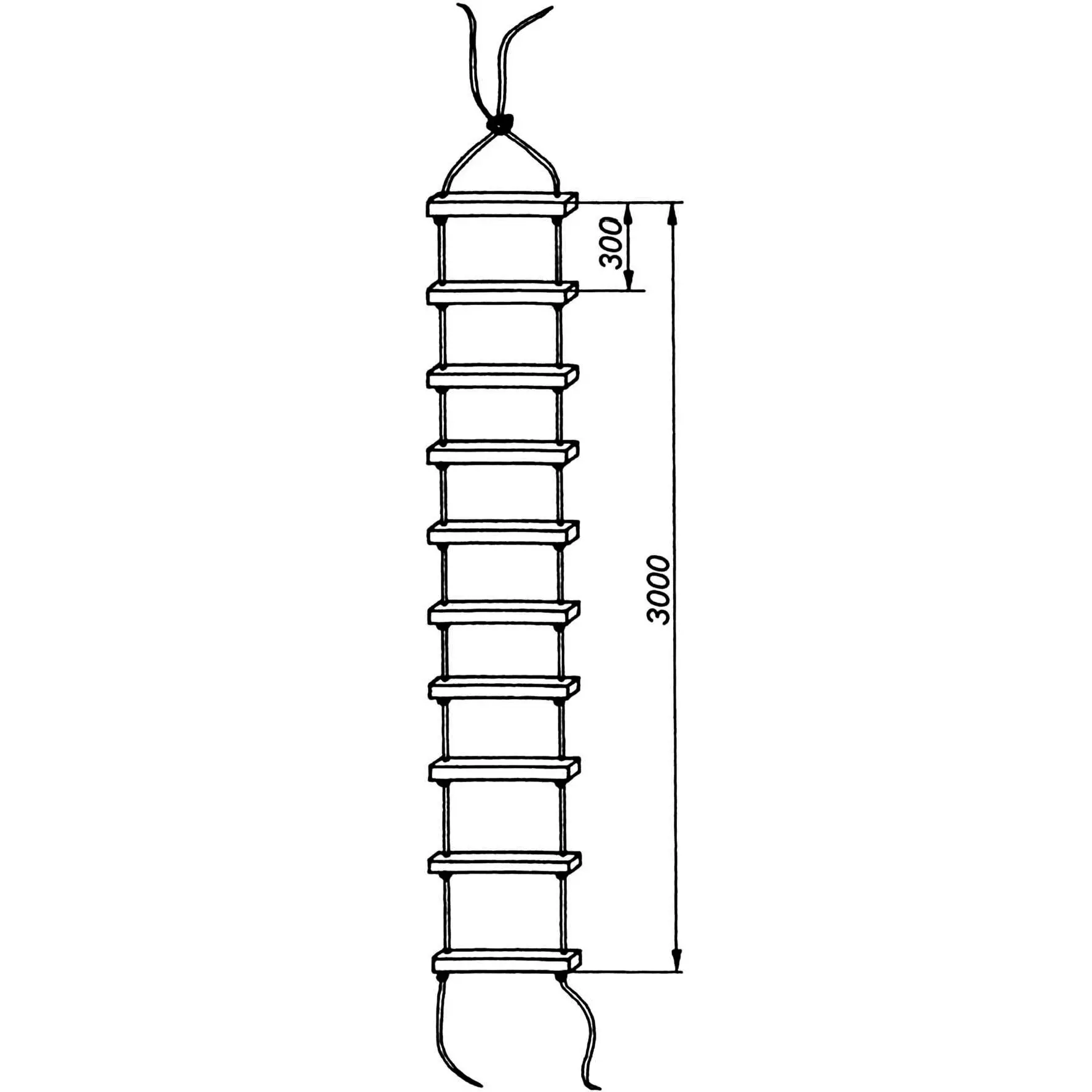
Having prepared the rope in the form of two segments about 4000 mm long, you can proceed directly to assembling the ladder. For this, we work simultaneously on both parallel segments, sequentially tying a knot on each and threading the rope through the holes in the block until it stops at the knot. The step between knots on each rope is about 300 mm. If necessary, each block-step can be fixed with knots on both sides, thereby eliminating the possibility of it shifting along the rope.

After stringing all the block-steps, we bring the ends of the ropes together and tie them with one common knot, both at the top of the resulting ladder and at the bottom.
